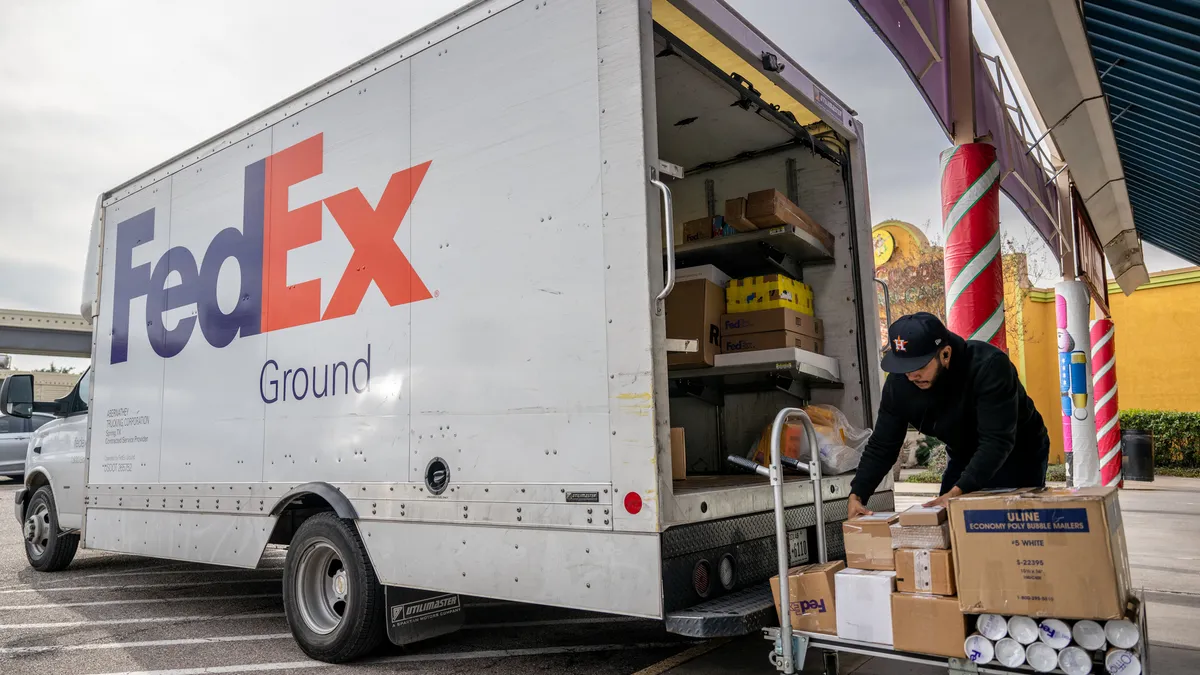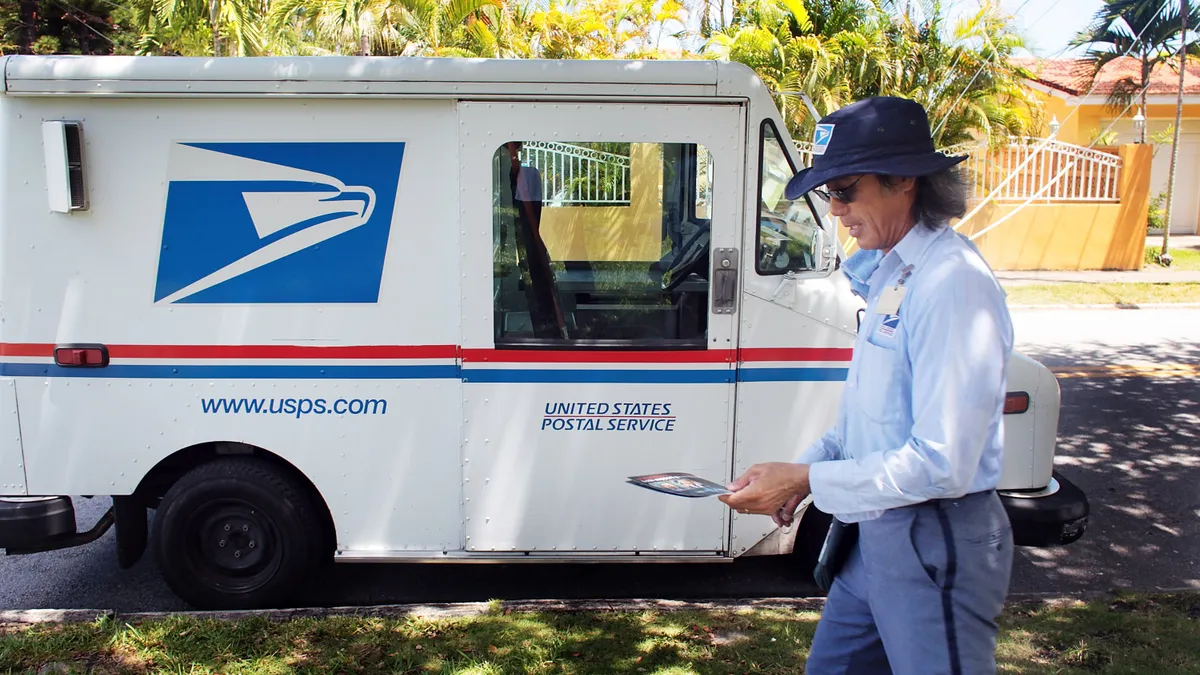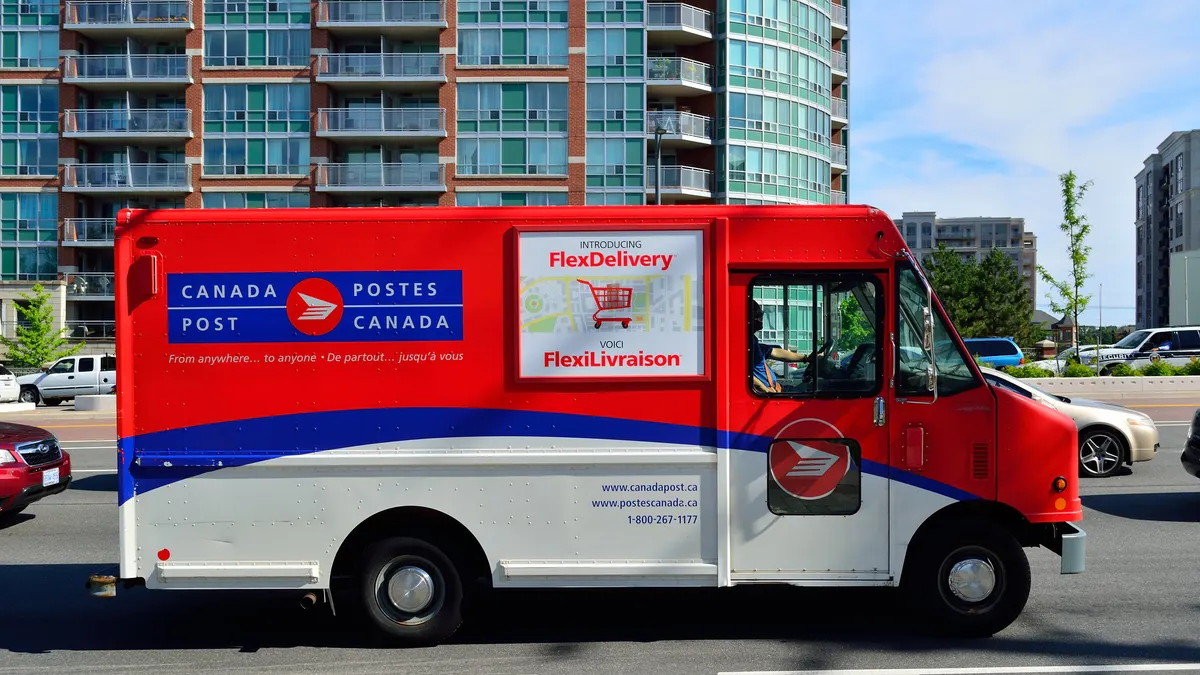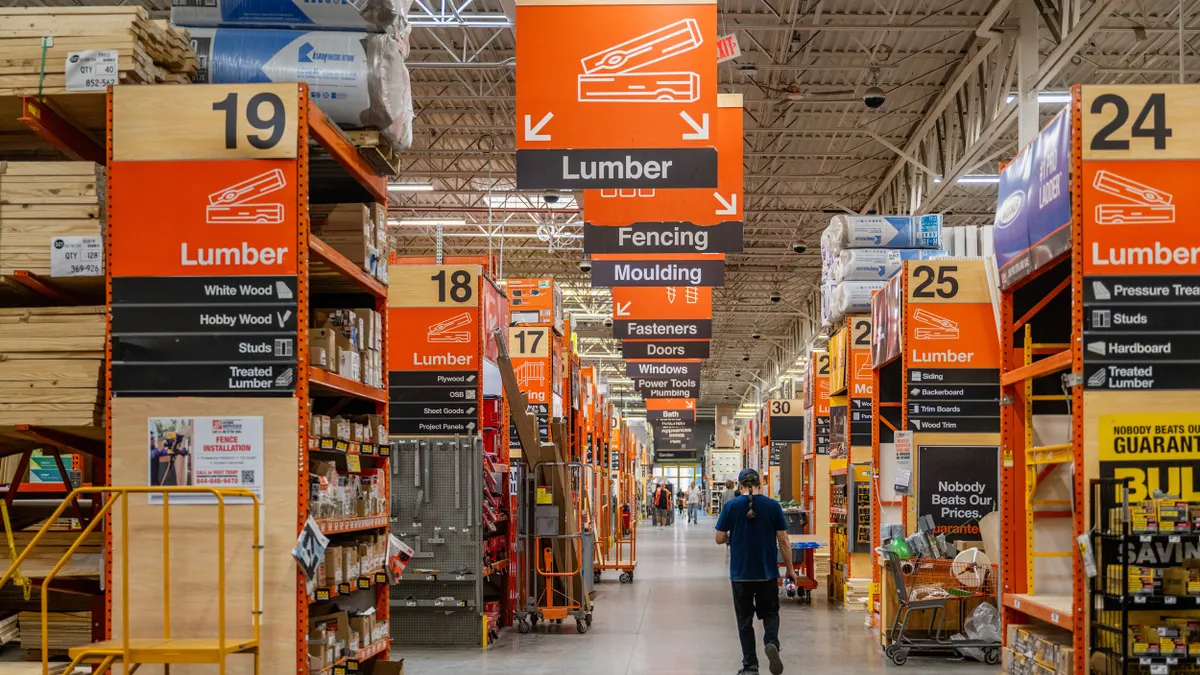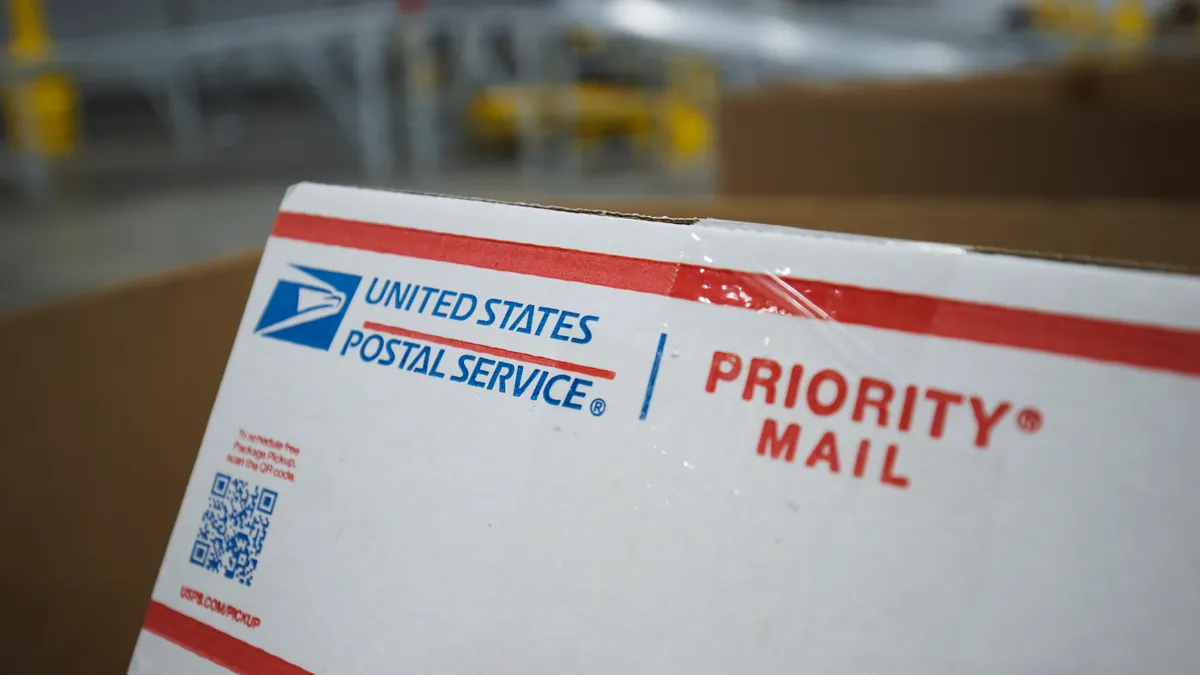Peak season surcharges from major parcel carriers could sour the holiday season for unprepared shippers.
From pricier penalties for bulky packages to higher charges on residential deliveries, the busy shipping season has had FedEx and UPS customers navigating a bevy of fees over the past several years. The carriers have said such measures are justified to cover elevated operating costs during a period when package volumes surge.
In July, FedEx announced 2025 peak season surcharges higher than the previous year's holiday fees. While UPS hasn't announced any planned peak season levies as of publication, industry observers expect the carrier to soon match FedEx with similar fees.
Despite the looming price pressures, FedEx and UPS customers have options to reduce the cost of their holiday deliveries, experts said in interviews with Supply Chain Dive. Here are three key strategies shippers can implement to limit the impact of peak season surcharges.
1. Negotiate for surcharge relief
One way to limit peak season fees is to secure surcharge discounts or even waivers from the carrier through direct negotiations. Asking your FedEx or UPS account representative about reducing these holiday charges is a straightforward way to initiate those discussions, said Micheal McDonagh, an independent parcel shipping consultant.
"You have nothing to lose from asking that question," McDonagh said.
While FedEx and UPS' appetite for customer discounts may be waning this year, shippers still have a more favorable pricing environment than they did during the height of the COVID-19 pandemic, experts said.
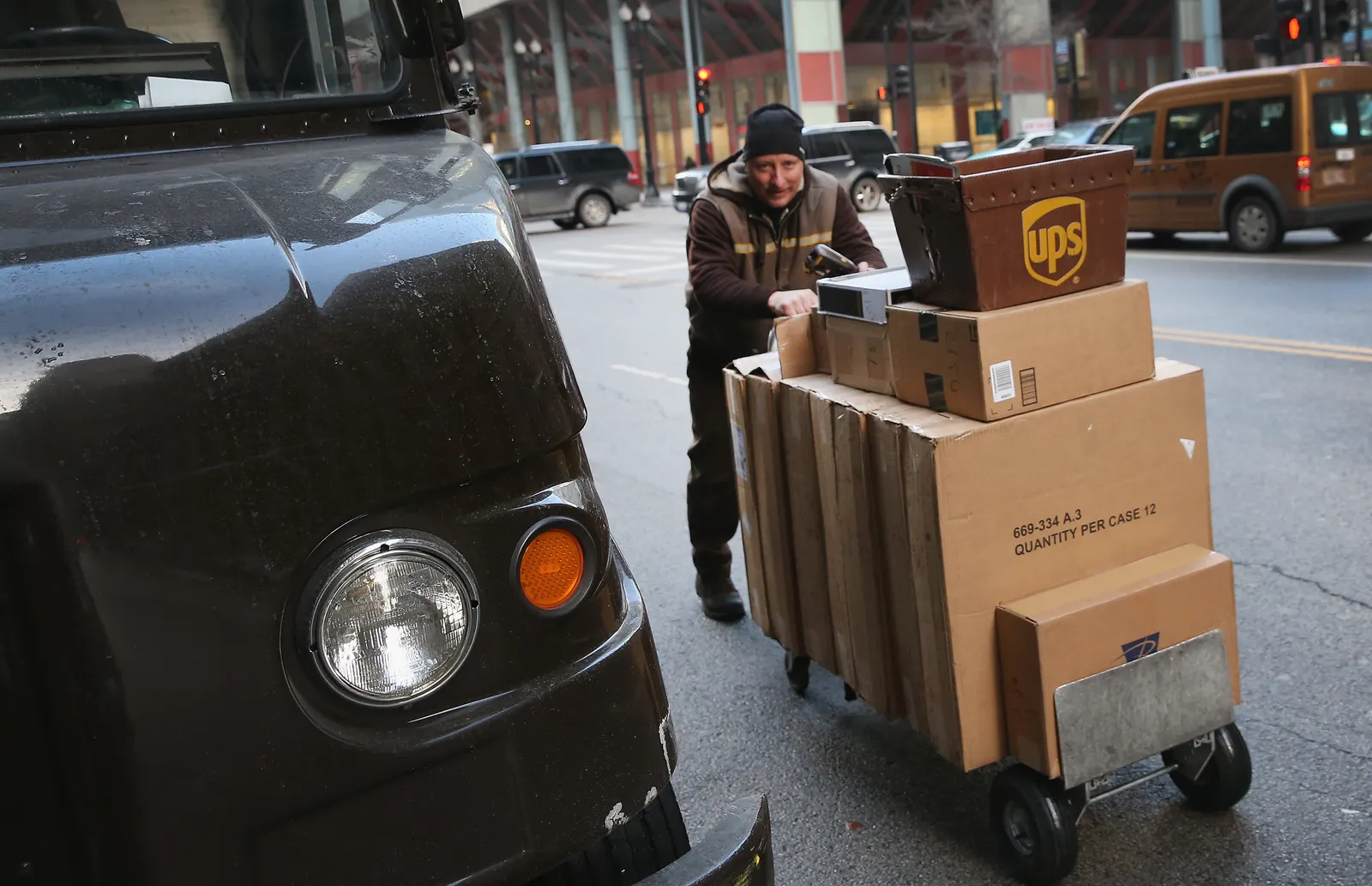
Fuel surcharges will be a priority for many shippers to negotiate. These levies apply year-round to both base rates and various surcharges, meaning they can be more expensive during peak season when considering holiday fees. However, FedEx and UPS are more open to reducing surcharges than in previous years, said Paul Yaussy, senior director of parcel consulting at Shipware.
"As recently as two years ago, fuel discounts were for the elite, and now almost everyone gets some sort of fuel discount," Yaussy said. "It's the same thing with peak and demand surcharges. They are extremely negotiable."
But landing such discounts can take time. Peak season surcharge negotiations often occur over a period of 60 to 90 days, according to Anthony Robinson, founder and CEO of ShipScience.
This means it may be challenging for shippers who aren't in the thick of discussions now to secure lower fees for the 2025 peak season. As demand begins to climb, shippers will have their hands full with production and output while FedEx and UPS "tend to try to drag their feet through the holidays," Robinson added.
2. Operational tweaks and consumer incentives
Some holiday surcharge mitigation tactics don't require discount arrangements from carriers.
Strategic shipping adjustments prior to the peak season can pay dividends in Q4. One example of this is how FedEx customers approach the carrier's peak season residential delivery surcharge for high-volume shippers.
The fee is based on the service and how much their volume exceeds their "baseline" shipping activity. The baseline is the shippers' weekly average residential and Ground Economy package volume from June 2 to June 29 of this year. UPS levied a similarly constructed surcharge in 2024.
While anticipating the surcharge potentially returning next year, more flexible shippers may want to increase their share of volume going to FedEx next June, said Mingshu Bates, AFS Logistics' chief analytics officer and president of parcel. This will allow them to ship a higher number of packages to FedEx during the peak season before incurring that specific surcharge.
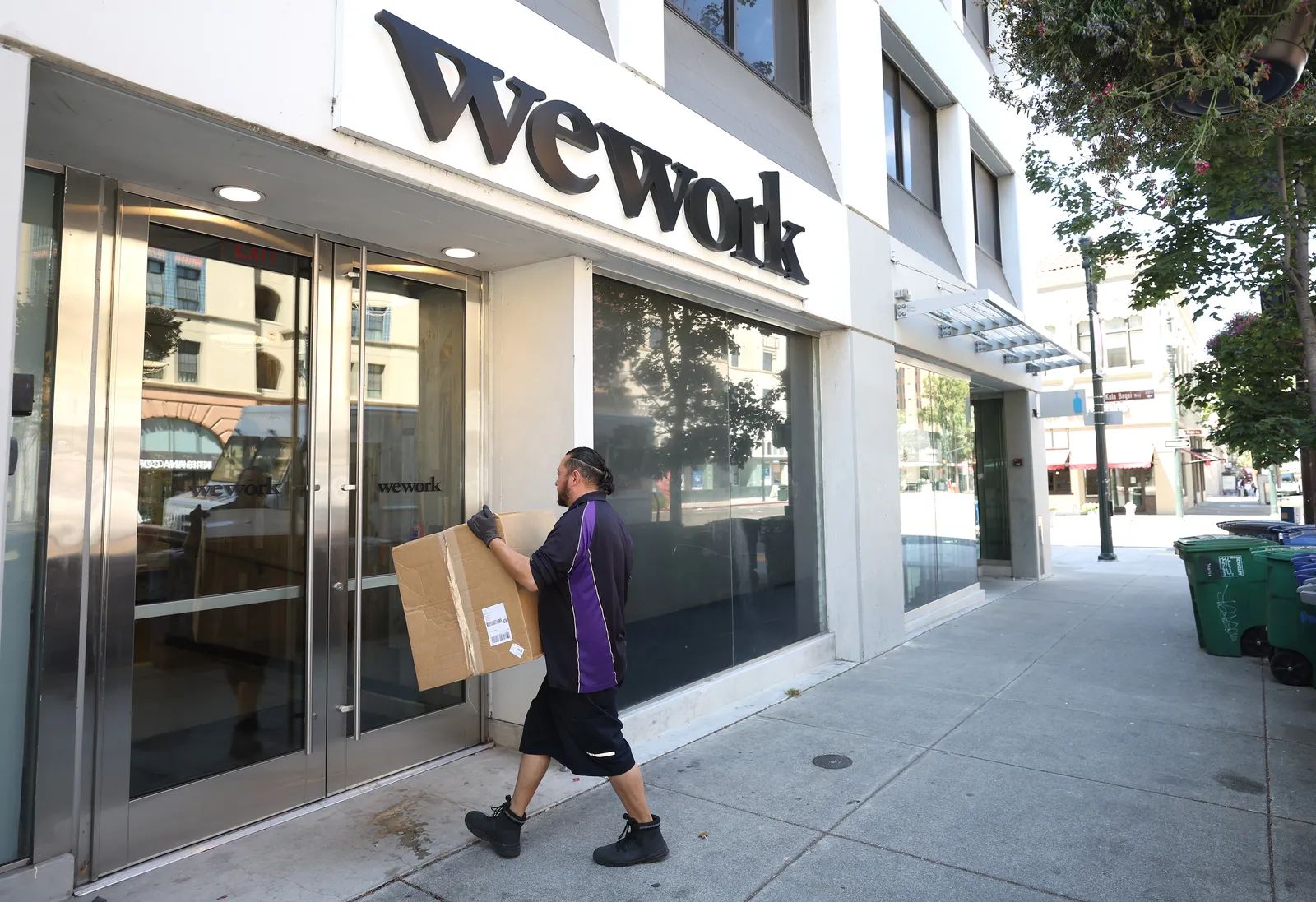
Another way shippers can creatively mitigate surcharges is to incentivize consumers to make their holiday purchases during periods of less-pricey fees.
FedEx's 2025 peak season surcharges will reach their highest levels between Nov. 24 and Dec. 28, giving businesses added incentive to encourage holiday ordering before the week of Thanksgiving. Businesses could offer a gift card or store credit to customers who order before the fee bump takes effect, said McDonagh, the independent parcel consultant.
A business might also offer incentives to shoppers who order deliveries to their workplace instead of their home address. That would help the shipper avoid the added fees associated with residential deliveries, according to McDonagh.
3. Leverage alternative carriers
A shipping strategy featuring alternative delivery providers can help limit businesses' exposure to peak season surcharges from FedEx and UPS, experts said.
Over the past few years, smaller carriers like GLS US, Veho, SpeedX and UniUni have expanded their coverage areas and the services they offer. Their volume has also grown during this period, grabbing market share from larger and more established players. Company executives attribute those gains in part to surcharge-weary shippers assessing other options.
"A lot of companies look at peak as an opportunity to squeeze in more margin and throw things on shippers in a time where they have no choice because their volume is growing really fast," Veho CEO Itamar Zur said.
Some alternative carriers are looking to give shippers an extra incentive to onboard before the holidays. For example, OnTrac is offering to ship the first 1,000 parcels for free to new clients who start using the carrier by Sept. 30. However, OnTrac has its own slate of peak season fees that will begin next month as well.
Other delivery providers like Veho are still evaluating how to best approach pricing once the holiday shipping festivities begin.
"We haven't made a decision on what that looks like," Zur said, but he added that "we know clients need competitive pricing during the peak."



